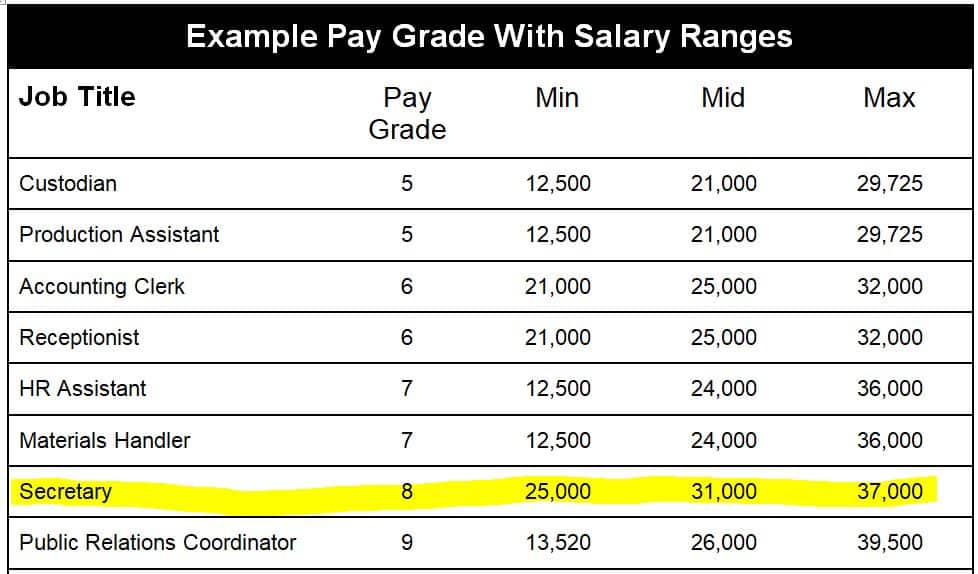Give Me A Raise!
Estimated reading time: 4 minutes
When I was in high school, I worked for a restaurant. The restaurant owner once told me that he did not believe in giving raises unless someone asked for one.
I was a fairly timid high schooler and didn’t have the assertiveness skills to ask for a pay increase – so I didn’t
After being on the job for a few years, my boss called me into his office and gave me a raise – totally out of character for him.
He did this because he recognized that I was a reliable, competent employee and valued my contribution to the organization.
While I disagree with his approach to rewarding employees, I do think his point was valid – if you don’t think you deserve a raise enough to ask for it, you may not deserve one.
This was decades ago, and the work environment has changed drastically.

Today, it is not uncommon for people to ask for a raise if they feel like they deserve it and if the organization is not acknowledging their effort and performance.
So how do you respond if an employee pops in your office and says, “I want a raise”?
6 Things To Consider When An Employee Asks For A Pay Increase
1. Compensation Strategy
An organization’s compensation strategy should dictate how and when raises are distributed.
This includes an organizational approach to budgeting, benchmarking, and distributing a total employee benefits package. This should also include the organization’s approach to awarding raises in the middle of a raise cycle.
For example, what is the policy for employees hired a few weeks after raises are distributed?
Are employees bumped up in pay after 6 months of good performance?
2. Job Performance
Every organization should have a structured process for assessing employee performance.
Pay increases should be an outcome of good job performance.
A well-designed performance management process aligns job responsibilities with performance expectations and employee goals.
Employees should be systematically rewarded for achieving goals and job responsibilities.
For instance, employee job descriptions should be updated annually to reflect changing organizational strategies. And employees are rewarded for meeting expectations.
3. Salary Range
A salary range is a tool organizations use to determine the appropriate rate of pay for employees. These ranges are based on experience, education, and level of competency.
Where an employee lands in a pay range should be considered when giving merit increases.
For instance, a common model for pay ranges is three-tiered. These tiers are based on like job comparisons for the average pay.
For example, if the average pay for a secretary is $31,000, a pay range would have a pay spectrum of between $25,000 and $37,000.

4. How The Employee Compares To Peers
When assessing an employee’s pay, consider what other employees in the same job are being paid.
Next, consider whether there are differences in tenure, competency, or performance to justify pay differences.
For example, if one employee performing the same job has taken on a leadership role, it may be reflected in their pay.
Employees who take the initiative and go above and beyond their job description should be compensated for their efforts.
A little positive reinforcement goes a long way in motivating good performers.
5. Consistency In Practice
Another thing to consider is consistency in pay practice.
Make sure there aren’t any biases in raise distribution and consider pay practices as it relates to all employees.
The Lilly Ledbetter Fair Pay Act of 2009 addresses pay discrimination practices and mandates equal pay practices for all employees.
For instance, if your workforce is mostly male, make sure the females are paid the same for doing the same work – assuming job performance is the same.
6. How Well Is The Employee Valued
Assuming all other things are equal, consider how the organization values the employee.
For example, if an employee is about mid-range in their pay, are in line with other employees in the same position, and is still asking for more money, you might want to consider a slight bump in pay. This pay increase may help the organization retain that employee – or you may be at risk of losing them.
These are tough calls because you don’t want to bump someone’s pay unless their value to the organization dictates such a move.
Pay adjustments that are made off-cycle should be taken up the decision-making ladder and approved.
It’s always good to have a second person evaluate a change like this to ensure there is no bias in decision-making.
Once all these things are taken into consideration, make sure you communicate any decision that is made.
The last thing you want to do is leave an employee hanging without an answer.
Lastly, a structured performance management process that is administered consistently and without bias is the best defense against that unexpected employee demand – I want a raise!






